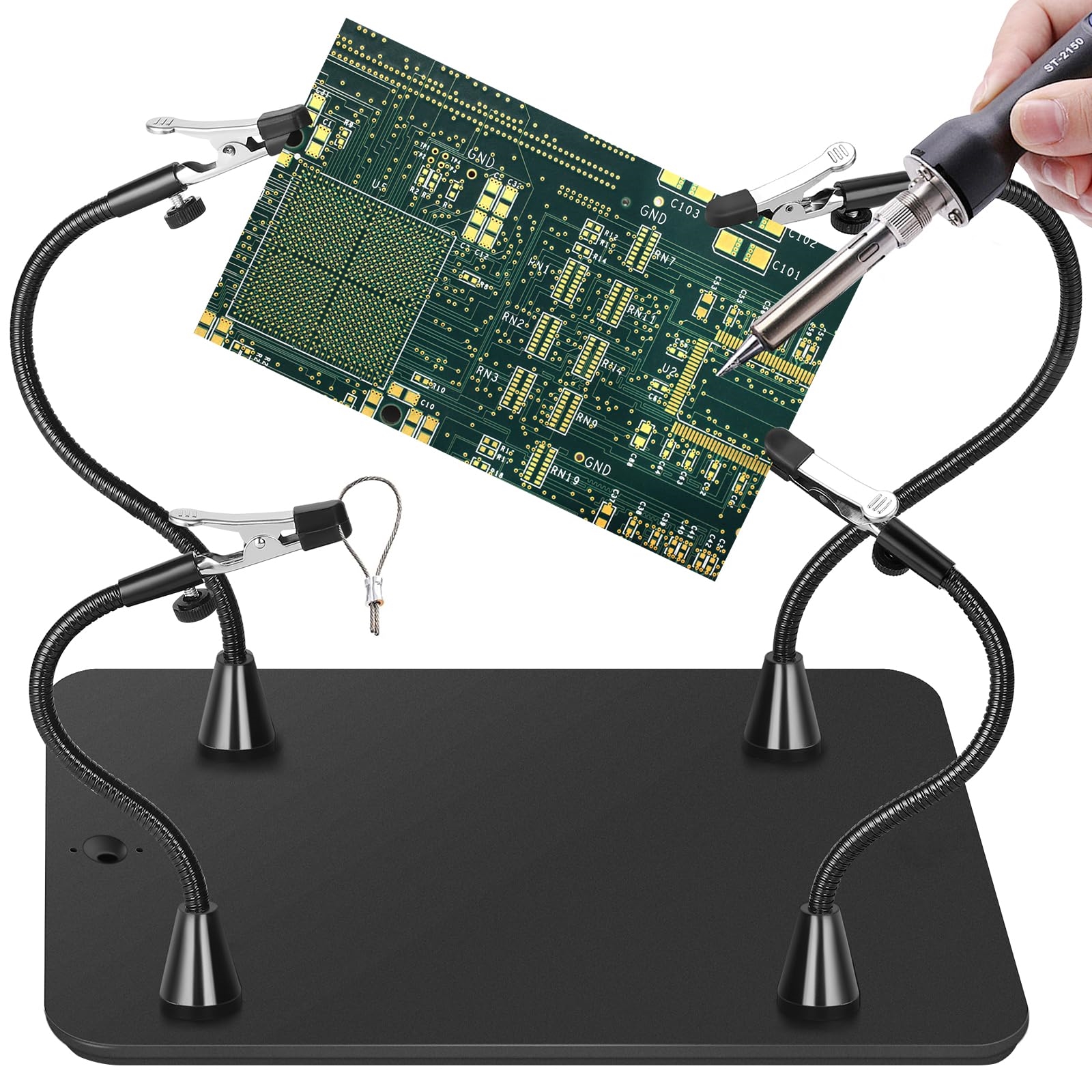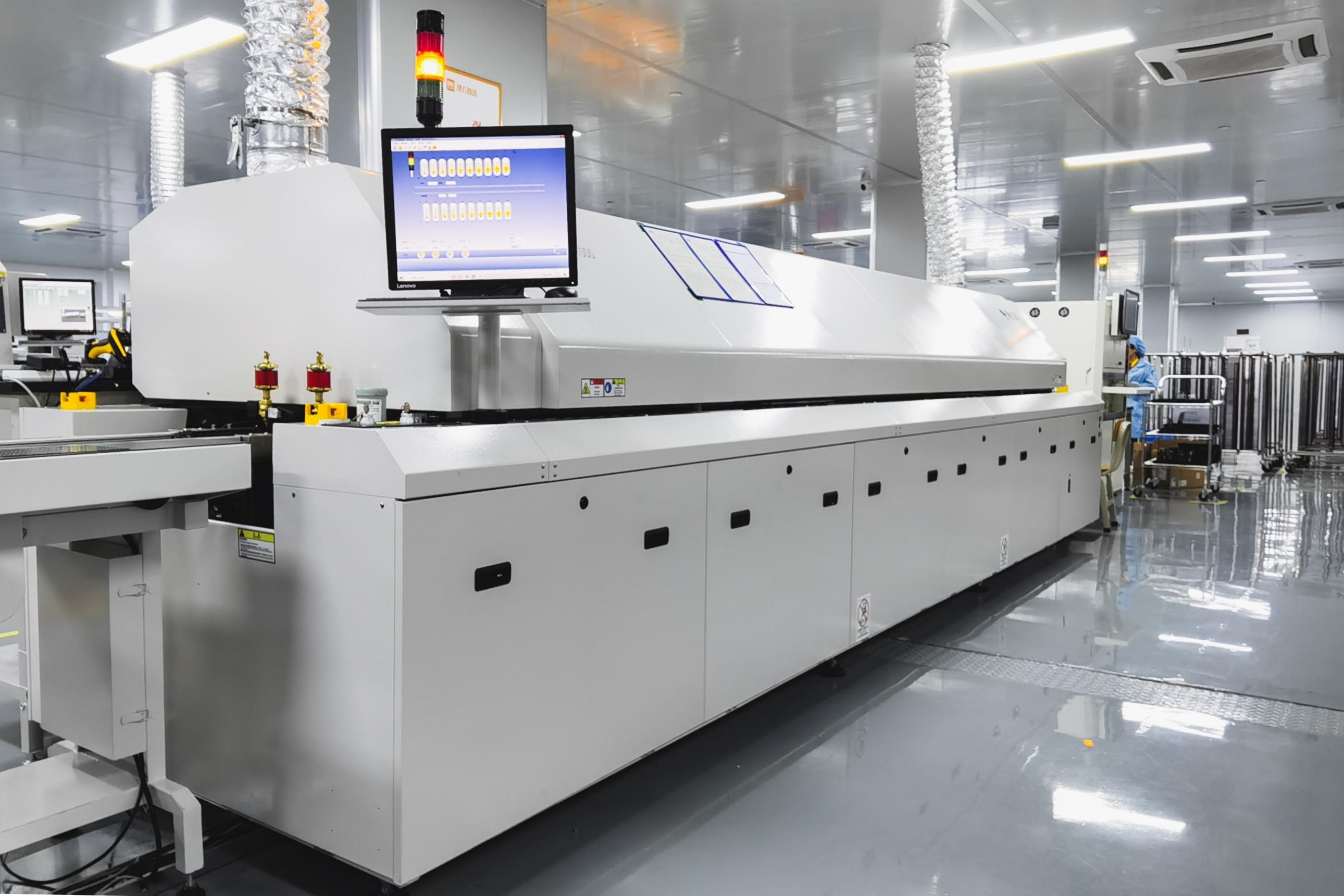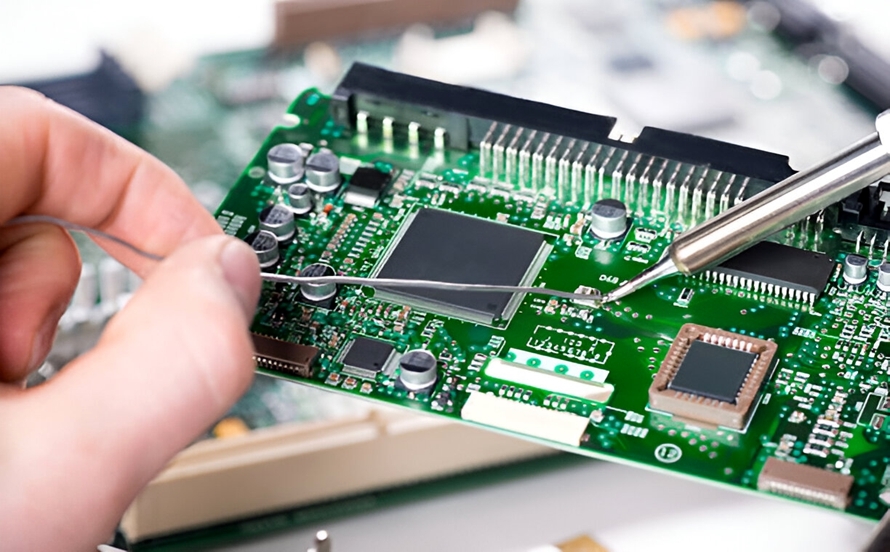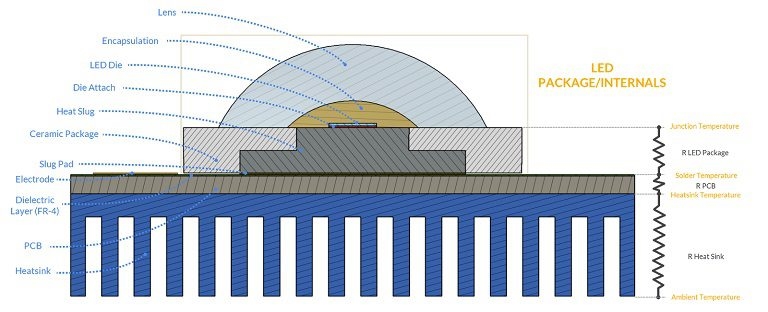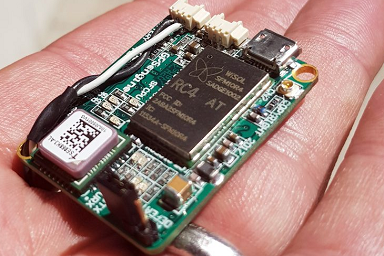In the fast-paced world of electronics manufacturing, optimizing pick and place assembly for high-mix, low-volume PCB production is a game-changer. If you're dealing with small batch PCB assembly and facing PCB assembly challenges, the key to success lies in streamlining your Surface Mount Technology (SMT) assembly efficiency. By focusing on pick and place optimization, you can reduce setup times, minimize errors, and boost productivity even with diverse product runs. In this blog, we’ll dive deep into practical strategies and techniques to help you achieve these goals, tailored for high-mix, low-volume environments.
Understanding High-Mix, Low-Volume PCB Production
High-mix, low-volume PCB production refers to manufacturing scenarios where a wide variety of circuit boards are produced in small quantities. Unlike high-volume production, which focuses on mass-producing a single design, high-mix environments require frequent changeovers and adaptability. This often includes prototypes, specialized electronics, or custom orders. While this flexibility meets market demands, it introduces unique PCB assembly challenges such as longer setup times, increased risk of errors, and higher costs per unit.
The heart of SMT assembly efficiency in such setups is the pick and place machine. These machines must handle a diverse range of components and board designs while maintaining speed and precision. Without proper optimization, manufacturers can face bottlenecks that slow down production and impact quality. Let’s explore how to tackle these challenges head-on with actionable strategies for pick and place optimization.

Key Challenges in High-Mix, Low-Volume PCB Assembly
Before diving into solutions, it’s important to understand the specific hurdles in small batch PCB assembly. These challenges often revolve around time, cost, and accuracy:
- Frequent Changeovers: Switching between different PCB designs means constant reprogramming of machines and swapping out component feeders. Each changeover can take anywhere from 30 minutes to several hours, depending on complexity.
- Component Variability: High-mix production often involves a wide range of components, from tiny 0201 resistors to larger ICs. This diversity can strain machine capabilities and increase placement errors.
- Setup Errors: With frequent changes, there’s a higher chance of mistakes in feeder setup or program selection, leading to misplaced components or defective boards.
- Cost Efficiency: Low-volume runs mean higher per-unit costs since setup time and resources aren’t spread over thousands of units.
Addressing these issues through pick and place optimization can transform your production line into a lean, efficient operation. Let’s look at proven techniques to improve SMT assembly efficiency in high-mix, low-volume scenarios.
Strategies for Pick and Place Optimization
1. Minimize Changeover Time with Smart Scheduling
One of the biggest time sinks in high-mix production is machine changeover. To combat this, group similar jobs together based on shared components or board layouts. For instance, if multiple designs use the same 0805 resistors or specific ICs, schedule them consecutively to avoid swapping feeders. Studies suggest that smart scheduling can reduce changeover time by up to 40%, significantly boosting SMT assembly efficiency.
Additionally, consider using software tools for production planning. These tools analyze upcoming jobs and suggest optimal sequences to minimize downtime. By planning ahead, you can keep your pick and place machine running longer without interruptions.
2. Invest in Flexible Pick and Place Machines
Modern pick and place machines are designed with high-mix, low-volume production in mind. Look for equipment with quick-change feeder systems and advanced vision systems. Vision systems allow machines to automatically adjust for different component sizes and shapes, reducing manual reprogramming. Some machines can handle over 200 different component types without stopping, making them ideal for small batch PCB assembly.
While initial costs for such machines might be higher, the long-term savings in time and error reduction are substantial. For example, a mid-range machine with a placement speed of 10,000 components per hour can still offer versatility for high-mix runs without sacrificing precision.

3. Optimize Feeder Setup for Efficiency
Feeders hold the components that pick and place machines use during assembly. In high-mix production, organizing feeders efficiently is critical. Use a standardized feeder layout for common components across multiple designs. For instance, keep frequently used resistors or capacitors in fixed positions to avoid reconfiguration during changeovers.
Another tip is to pre-load feeders for upcoming jobs during downtime. If a machine is running a batch, prepare the feeders for the next design in parallel. This can cut setup time by as much as 50%, allowing for smoother transitions between small batch PCB assembly runs.
4. Leverage Software for Placement Sequence Optimization
The order in which components are placed on a PCB impacts both speed and accuracy. Advanced pick and place software can analyze board designs and determine the most efficient placement sequence. For example, placing smaller components like resistors before larger ones like connectors can reduce head travel distance, shaving seconds off each board’s assembly time. Over hundreds of boards, these small savings add up.
Some software also accounts for machine head limitations, ensuring dual-head machines pick components simultaneously when possible. This can increase throughput by 20-30% in high-mix environments, directly improving SMT assembly efficiency.
5. Reduce Errors with Automated Inspection
Placement errors in high-mix production can be costly, especially with small batch runs where every board counts. Integrate automated optical inspection (AOI) systems immediately after the pick and place process. AOI systems use cameras to check for misplaced or missing components, catching issues before they move to soldering.
For instance, an AOI system might detect a 0603 capacitor placed at a 5-degree angle instead of flush with the pad. Correcting this early prevents rework after reflow soldering, saving both time and materials. In high-mix setups, where component variety increases error risk, AOI can be a lifesaver.
Design Considerations for High-Mix PCB Assembly
Beyond machine and process optimization, PCB design plays a crucial role in easing assembly challenges. When designing for high-mix, low-volume production, keep these tips in mind:
- Standardize Components: Whenever possible, use common components across different designs. This reduces the number of unique parts your pick and place machine needs to handle, cutting down on feeder changes.
- Clear Markings: Ensure fiducial marks are well-placed on the PCB for accurate machine alignment. Poorly positioned marks can lead to placement errors, especially with tiny components like 0402 packages.
- Optimize Layout: Group similar components together on the board to minimize machine head movement. A tighter layout can reduce placement time by 10-15% per board.
By designing with assembly in mind, you can simplify the pick and place process and further enhance SMT assembly efficiency.

Training and Workflow Improvements
Even the best equipment and designs can’t overcome human error or inefficient workflows. Invest in training your team to handle high-mix, low-volume production effectively. Operators should be familiar with quick feeder changes, software programming, and troubleshooting common pick and place issues.
Additionally, establish clear standard operating procedures (SOPs) for every stage of the assembly process. For example, create a checklist for changeovers that includes verifying feeder contents, confirming program settings, and running a test board. SOPs reduce variability and ensure consistency, even when switching between diverse PCB designs.
Measuring Success in Pick and Place Optimization
To gauge the effectiveness of your optimization efforts, track key performance indicators (KPIs) such as:
- Changeover Time: Aim to reduce this by at least 30% through scheduling and feeder strategies.
- Placement Accuracy: Measure defect rates before and after implementing AOI or vision systems. A target of less than 0.1% defects is achievable with proper setup.
- Throughput: Monitor the number of boards completed per hour. Even a 10% increase can make a big difference in small batch PCB assembly.
Regularly review these metrics to identify areas for further improvement. Optimization is an ongoing process, especially in the dynamic world of high-mix production.
Future Trends in High-Mix, Low-Volume Assembly
The electronics industry continues to evolve, and so do the tools for PCB assembly. Artificial intelligence (AI) and machine learning are being integrated into pick and place systems to predict optimal setups and detect errors in real-time. For example, AI-driven software can analyze past production data to suggest feeder layouts that minimize changeover time by up to 25%.
Additionally, modular equipment is gaining traction. These systems allow manufacturers to swap out machine parts quickly to adapt to different production needs, further supporting high-mix, low-volume runs. Staying ahead of these trends ensures your operation remains competitive and efficient.
Conclusion: Mastering High-Mix, Low-Volume PCB Production
Optimizing pick and place assembly for high-mix, low-volume PCB production is no small feat, but the rewards are worth the effort. By tackling PCB assembly challenges head-on with strategies like smart scheduling, flexible equipment, and design optimization, you can achieve remarkable SMT assembly efficiency. Small batch PCB assembly doesn’t have to mean high costs or slow turnarounds. With the right approach to pick and place optimization, you can streamline your processes, reduce errors, and deliver top-quality boards every time.
Start by assessing your current setup and identifying bottlenecks. Then, implement the techniques discussed here, from minimizing changeover times to leveraging advanced software. With consistent effort and a focus on continuous improvement, your production line will be ready to handle the demands of high-mix, low-volume manufacturing with ease.
 ALLPCB
ALLPCB


